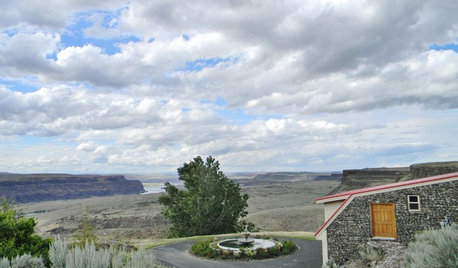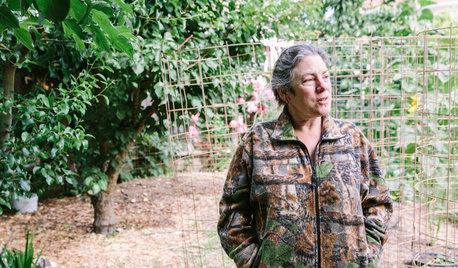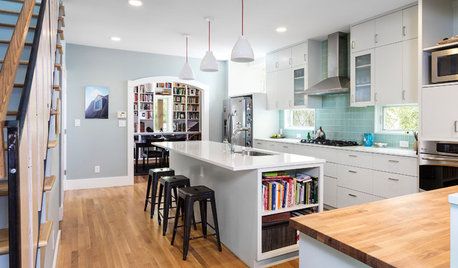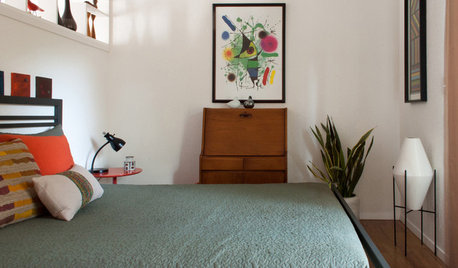Penn State: Merits on High Density Peach
mamuang_gw
10 years ago
Related Stories

HOUZZ TOURSMy Houzz: Goodwill and Good Taste in a Grand Colonial
Welcoming the community for charity fundraisers and more, this Massachusetts home radiates graciousness
Full Story
HOUZZ TOURSSee a Guesthouse Carved Into a Washington Cliff
Rock not only borders this 4-bedroom hangout above a canyon; it actually rises right up into it
Full Story
GARDENING GUIDESHow to Find the Right Native Plants for Your Yard
Find plant maps, sale sites and guides that make going native in the garden easier than ever
Full Story
FARM YOUR YARDTo Get the Food They Believe In, These Urbanites Grow Their Own
Home gardeners farming on their city lots find that local, organic food isn’t the only reward
Full Story
MOST POPULAR6 Kitchen Flooring Materials to Boost Your Cooking Comfort
Give your joints a break while you're standing at the stove, with these resilient and beautiful materials for kitchen floors
Full Story
KITCHEN CABINETSChoosing New Cabinets? Here’s What to Know Before You Shop
Get the scoop on kitchen and bathroom cabinet materials and construction methods to understand your options
Full Story
COLORBedroom Color: The Secret to More Sex and More Sleep
Look to surprising revelations about bedroom wall colors to get more of what you want
Full Story
MOST POPULARMy Houzz: Hip Midcentury Style for a Mom's Backyard Cottage
This 1-bedroom suite has everything a Texas mother and grandmother needs — including the best wake-up system money can't buy
Full Story
DECLUTTERINGDecluttering — Don't Let Fear Hold You Back
Sure, you might make a mistake when tackling a decluttering project, but that's OK. Here's why
Full Story
FURNITURESmart Shopper: How to Buy a Mattress
Confusing options, hair-raising prices, haggling ... Our guide can keep you from losing sleep over mattress shopping
Full Story






Tony
Scott F Smith
Related Professionals
New Bedford Landscape Architects & Landscape Designers · Tempe Landscape Architects & Landscape Designers · Norwood Landscape Contractors · Arlington Landscape Contractors · Braintree Landscape Contractors · Dunwoody Landscape Contractors · Firestone Landscape Contractors · Hayden Landscape Contractors · Nashua Landscape Contractors · Northbridge Landscape Contractors · Saint Paul Landscape Contractors · South Lyon Landscape Contractors · Wailuku Landscape Contractors · West Chester Landscape Contractors · West Haverstraw Landscape Contractorsmamuang_gwOriginal Author
MrClint
MrClint
drew51 SE MI Z5b/6a
alan haigh
RobThomas
fruitnut Z7 4500ft SW TX
eboone_gw
drew51 SE MI Z5b/6a
fruitnut Z7 4500ft SW TX
Scott F Smith
eboone_gw
alan haigh
eboone_gw
alan haigh
olpea
MrClint
alan haigh
curtis